Hypertensive Pregnancy Disorders
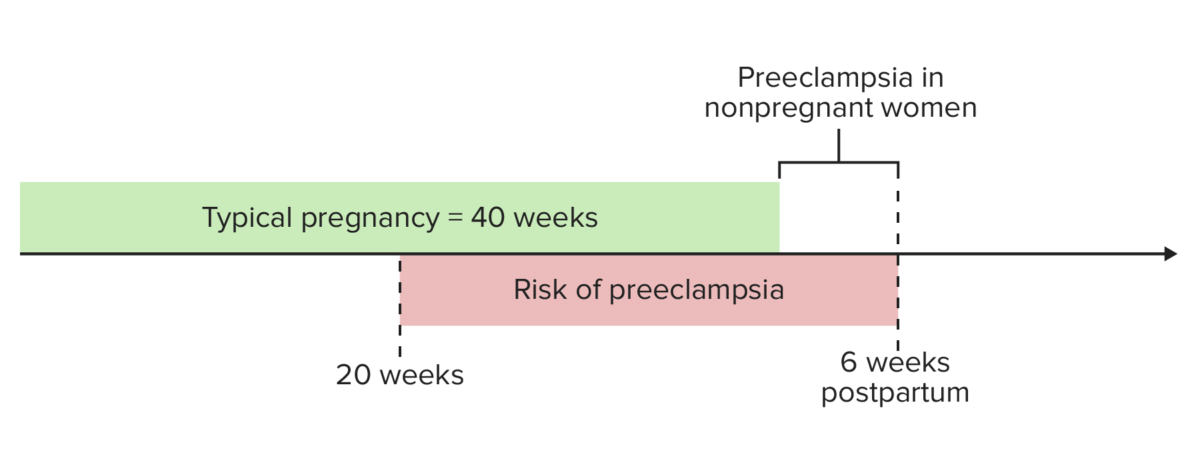
Overview Classification and definitions Epidemiology Risk factors High risk factors: Moderate risk factors: Pathophysiology Hypertension in pregnancy The complete pathophysiology of hypertensive disorders in pregnancy is not completely understood, but most theories involve a problem with cytotrophoblastic endothelial invasion. Preeclampsia and HELLP syndrome Eclampsia Clinical Presentation and Diagnosis The disorders are all diagnosed using defined […]
Ovarian Torsion
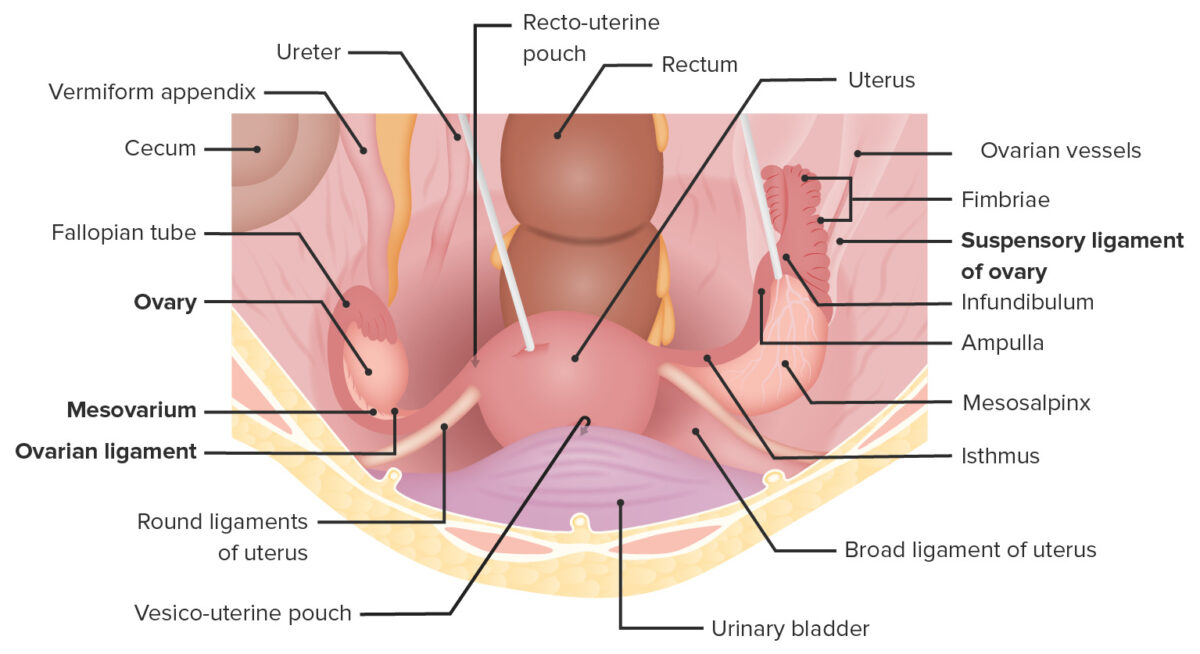
Overview Definition Ovarian torsion is the twisting of the ovaries along their axis. Ovarian torsion may or may not include the fallopian tubes and if it does, it is termed adnexal torsion. Anatomy Epidemiology Pathogenesis Ovarian or adnexal torsion involves the following sequence of events: Clinical Presentation Diagnosis and Management Adnexal torsion is suspected based […]
Placental Abnormalities
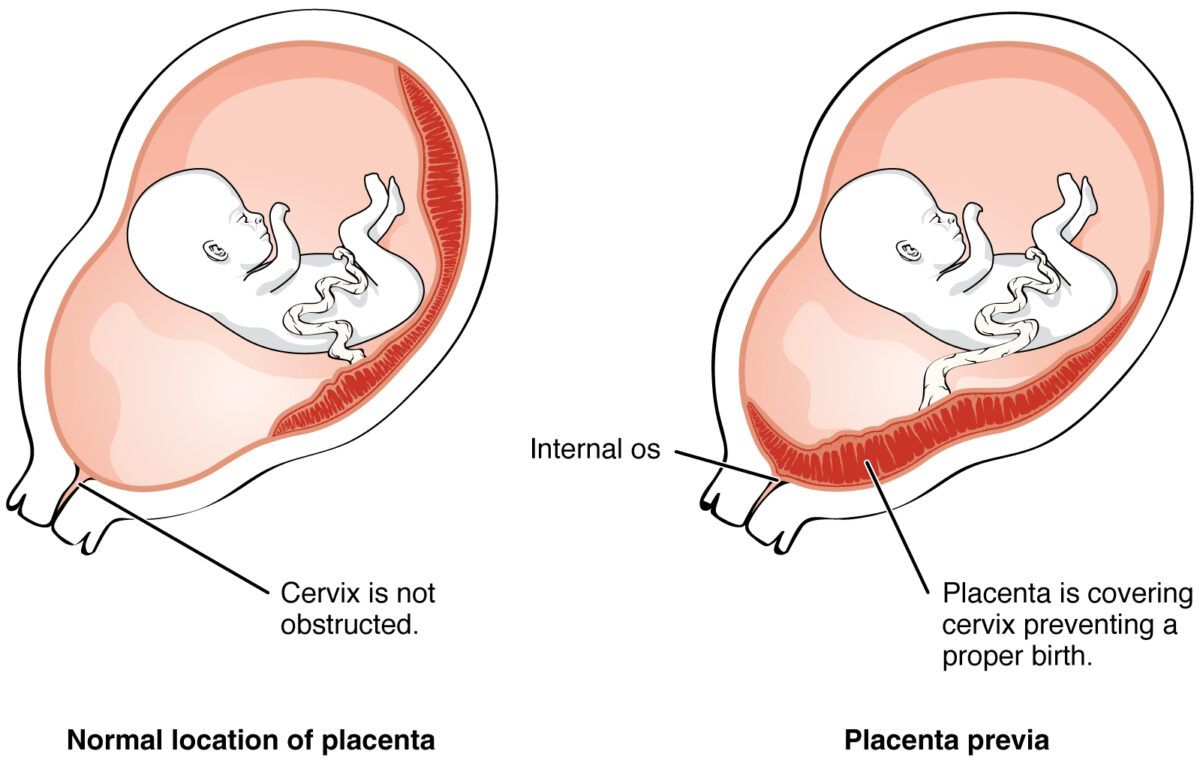
Overview The placenta is an important structure for fetal growth and development during embryonic and fetal life. Abnormalities in its structure, function, or implantation can result in serious and potentially fatal complications for both the fetus and mother. Placental structure and circulation Chorionic villi provide a large surface area for maternal-fetal exchange. Spiral arteries (maternal) […]
Congenital Malformations of the Female Reproductive System
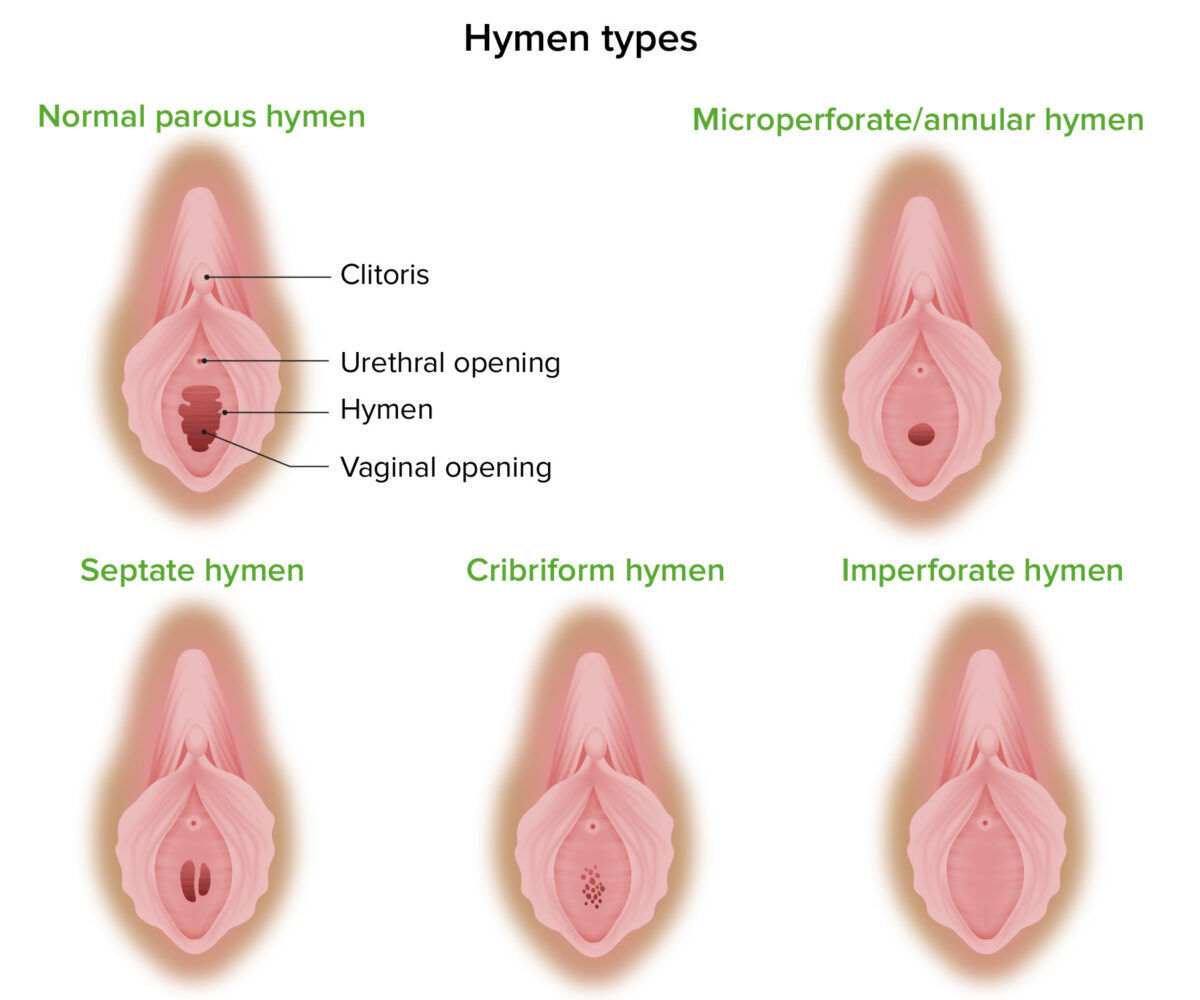
Overview Definition Congenital malformations of the female reproductive system are any congenital anomalies that affect the ovaries, fallopian tubes, uterus, cervix, hymen, and/or vulva. Any of these anomalies can affect the normal reproductive and sexual functions of affected women. Epidemiology Classification The types of congenital malformations can be classified on the basis of the affected […]
Oligohydramnios
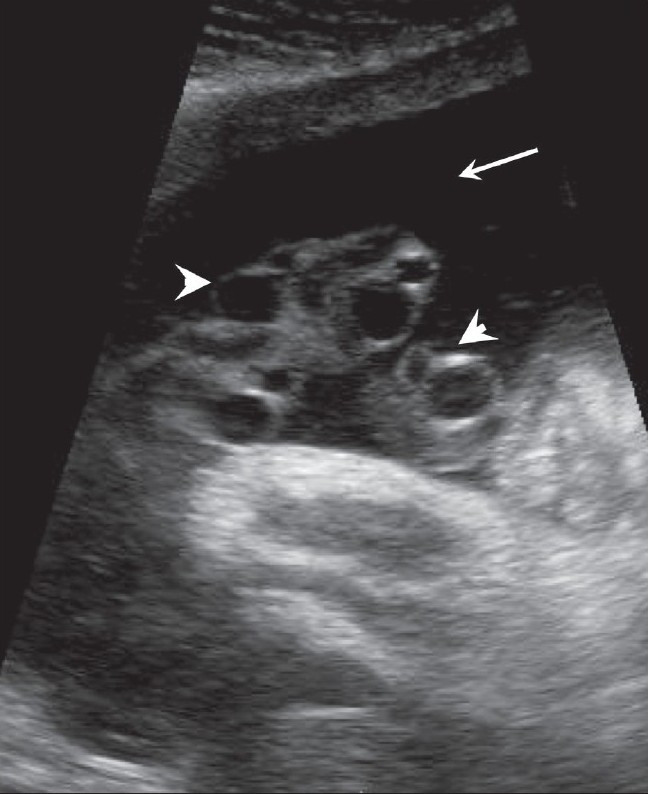
Overview Definition Decreased amniotic fluid volume for gestational age is referred to as oligohydramnios. Oligohydramnios is diagnosed based on ultrasound measurements of amniotic fluid volume and can be defined as either: Anhydramnios is an extreme case of oligohydramnios with no measurable pockets of amniotic fluid present. Epidemiology Pathophysiology and Etiology Normal amniotic fluid production Amniotic […]
Postpartum Fever
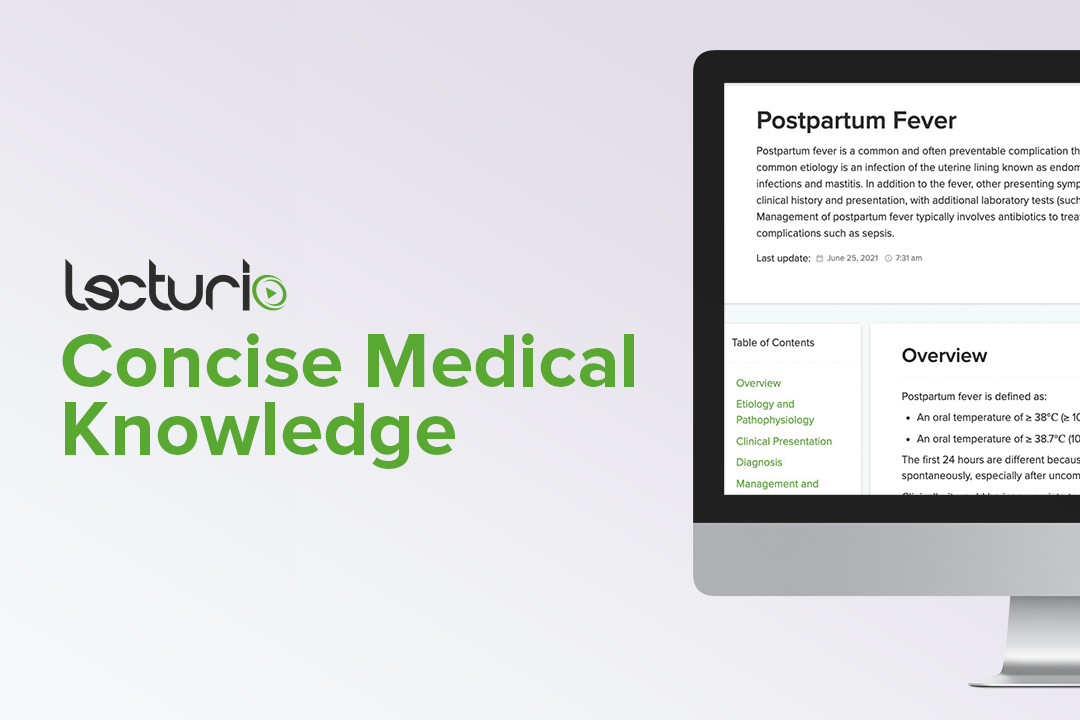
Overview Postpartum fever is defined as: The first 24 postpartum hours are different because low-grade fever during this period is common and typically resolves spontaneously, especially after uncomplicated vaginal deliveries. Clinically, it would be inappropriate to wait until a fever is present for > 24 hours before acting; in almost all cases, patients should be […]
Postpartum Endometritis
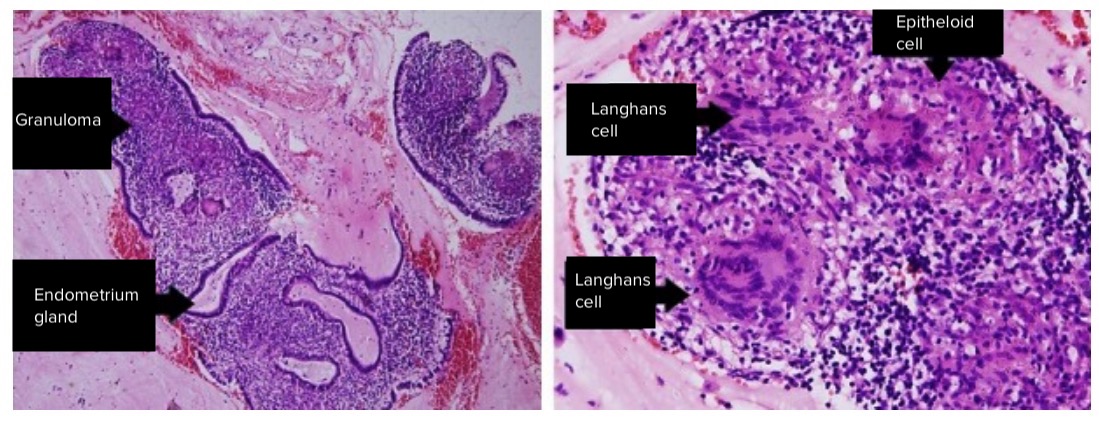
Overview Definition Endometritis is an inflammation of the inner lining of the uterus, the endometrium. Epidemiology Risk factors Pathophysiology Pathophysiologic mechanism PP endometritis is caused by movement of normal vaginal flora to the uterus → colonization of the damaged uterine lining → infection and inflammation. Microbiology PP endometritis is a polymicrobial infection involving both aerobic […]
Postpartum Complications
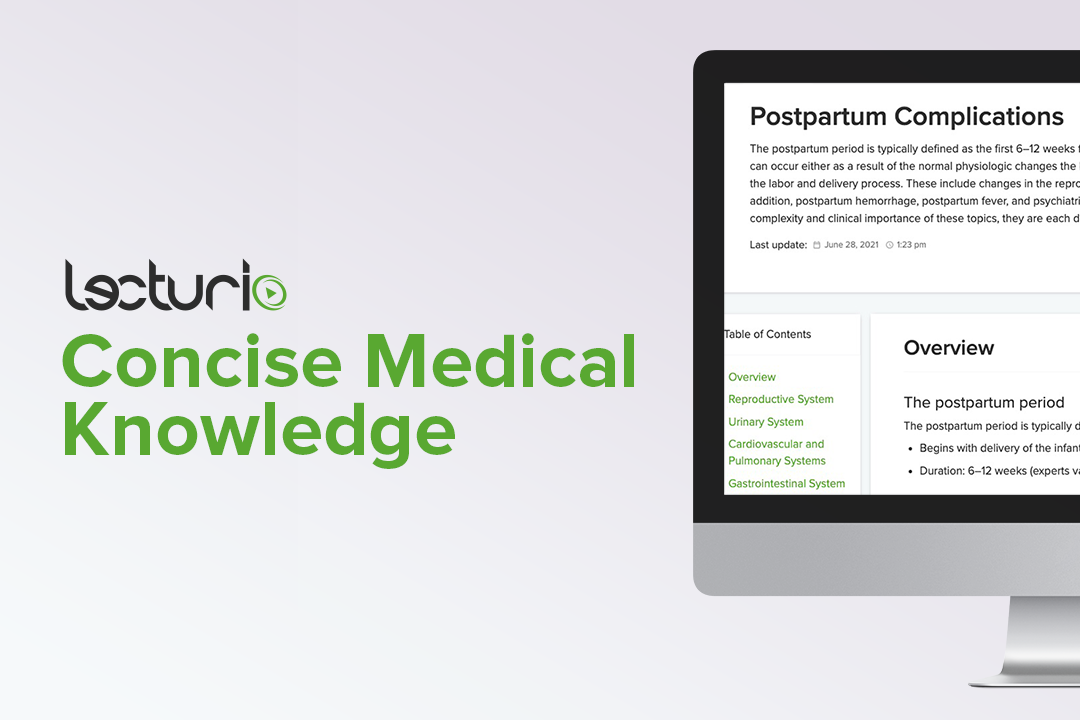
Overview The postpartum period The postpartum period is typically defined as the period of time following an obstetric delivery: Postpartum complications During the postpartum period, the mother’s body physically returns to its prepregnant state. There are a number of potential complications that can occur during this time, some of which can cause significant morbidity and […]
Postpartum Hemorrhage
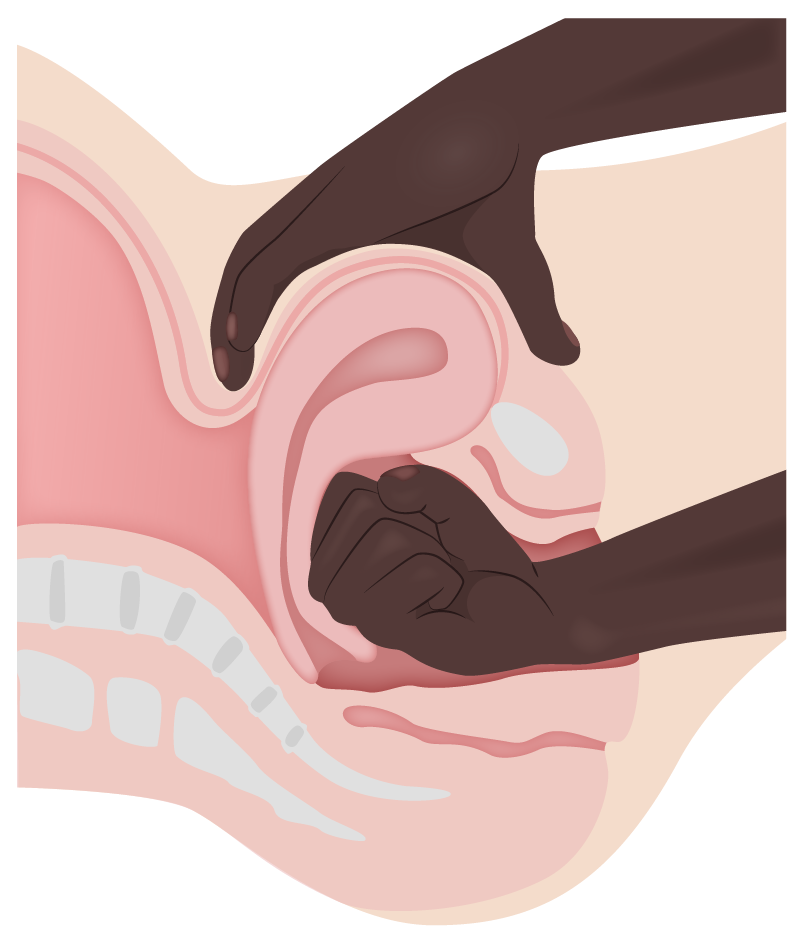
Definition and Epidemiology Definition Postpartum hemorrhage is defined as excessive blood loss following the delivery of an infant > 20 weeks gestational age. The classic definition of postpartum hemorrhage was based on mode of delivery: Blood loss > 500 mL following a vaginal delivery Blood loss > 1,000 mL following a cesarean section The newer […]
Postpartum Psychiatric Disorders
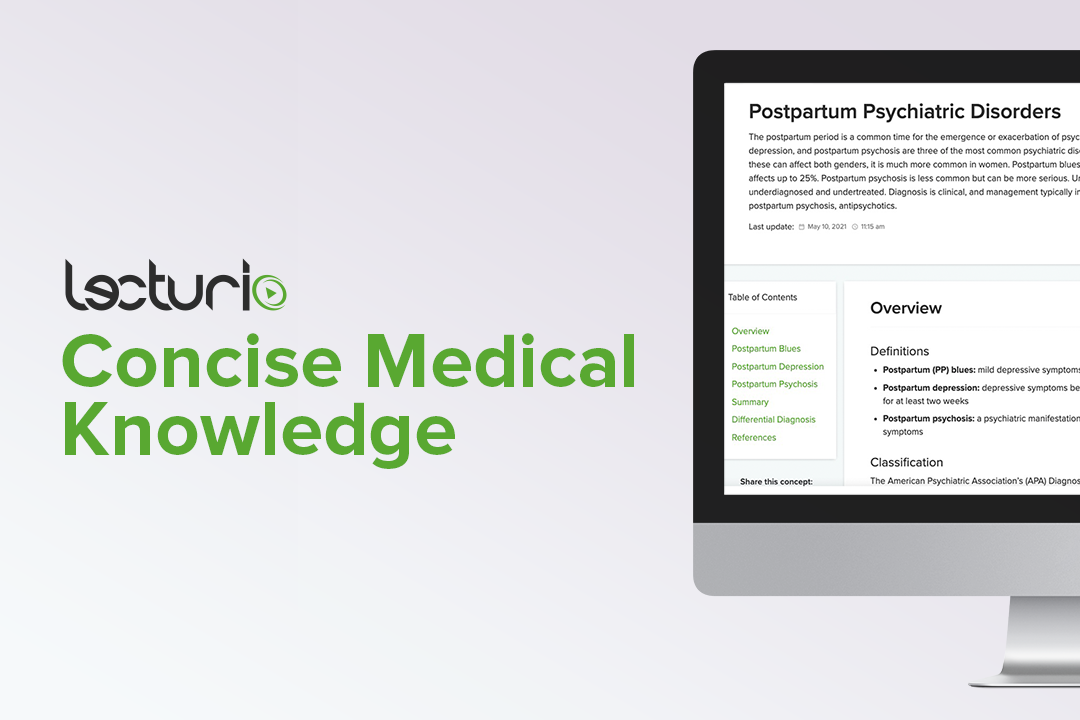
Overview Definitions Classification The American Psychiatric Association (APA)’s Diagnostic and Statistical Manual 5th Edition (DSM-V) currently: According to the DSM-V, to use the “with peripartum onset” modifier, the onset of symptoms must occur during pregnancy or within 4 weeks PP (rather than within 1 year, which is commonly considered in clinical practice). Epidemiology Risk factors […]